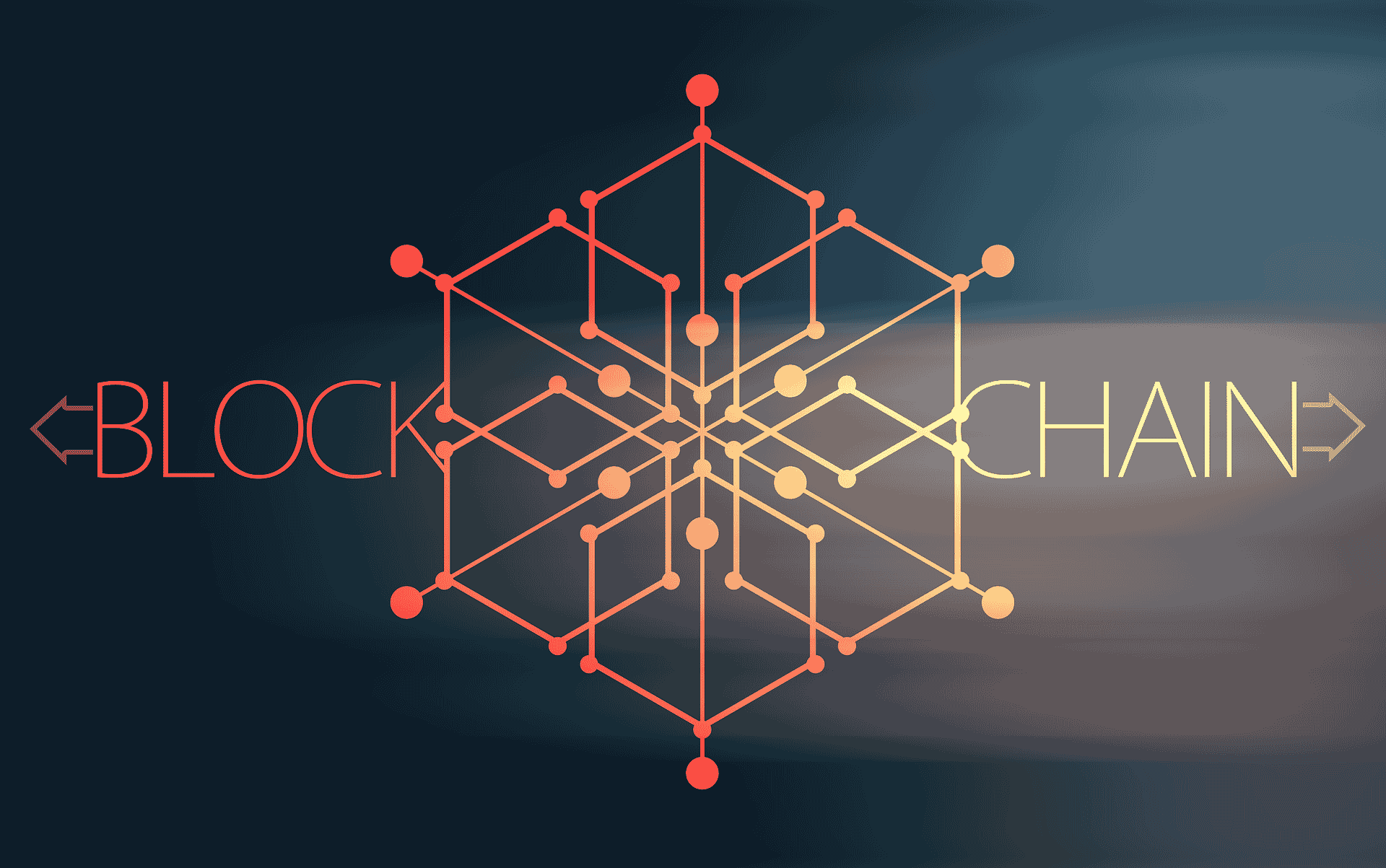
Understanding Blockchain
Transparency, immutability, and decentralization — how blockchain is redefining the financial architecture for institutions, investors, and global markets alike
In an era where trust in centralized institutions is increasingly questioned, blockchain technology has emerged not just as a digital curiosity but as a foundational shift in how value is recorded, exchanged, and preserved. While often associated with cryptocurrencies, the applications of blockchain extend far beyond digital tokens. It represents a transformative infrastructure that is redefining the rules of engagement in finance, commerce, governance, and record-keeping.
At its core, blockchain is a distributed ledger — a shared database maintained by a network rather than a single authority. Its defining attributes of immutability, transparency, and decentralization promise to solve some of the most persistent challenges in finance: fraud, reconciliation delays, operational inefficiencies, and lack of auditability. Yet, like all technological revolutions, its long-term success depends not only on innovation but on integration — with existing systems, legal frameworks, and human behavior.
For investors, professionals, and institutions seeking to understand the next frontier of digital finance, blockchain represents both an opportunity and a challenge. It is not a passing trend. It is the evolution of infrastructure — much like the internet was in the 1990s. Understanding it today means being prepared for how the financial world will function tomorrow.
Blockchain is one of those terms that simultaneously inspires curiosity and confusion. It is hailed as revolutionary by technologists, viewed as disruptive by regulators, and still misunderstood by a large portion of the investing public. But behind the jargon and hype lies a powerful idea — that of trust without intermediaries.
Historically, trust has always required an institution. Banks kept ledgers. Courts verified contracts. Auditors authenticated records. Blockchain challenges this model. Instead of relying on a central party to ensure accuracy, it distributes the responsibility across a network. Every participant holds a copy of the truth — and consensus, not authority, becomes the arbiter of validity.
This fundamental shift opens a new way of thinking about how we store information, transfer assets, and verify transactions. In finance, this means settlements without intermediaries. In real estate, it means title transfers without notaries. In identity management, it means ownership of personal data. And for investors, it means access to new asset classes and risk paradigms.
Understanding blockchain is not about coding or engineering. It’s about recognizing what changes when we no longer need to ask, “Do I trust this institution?” but instead ask, “Do I trust this network?”
The Building Blocks of Blockchain
At its most basic level, a blockchain is a digital ledger. But unlike traditional ledgers, which are centralized and editable, blockchain ledgers are distributed and immutable. Each entry — or block — contains a group of transactions. Once verified by consensus and added to the chain, the block cannot be altered without changing all subsequent blocks, making tampering nearly impossible.
This immutability creates a permanent, auditable record. But what makes blockchain particularly powerful is decentralization. Instead of a single server or authority, blockchain networks run on multiple nodes — computers spread across the world. Each node holds a full copy of the ledger and participates in verifying transactions through a consensus mechanism.
Different blockchains use different methods for reaching consensus. Bitcoin uses Proof of Work, requiring computational effort. Ethereum has moved toward Proof of Stake, where validators post capital to gain the right to confirm transactions. Other models — from Delegated Proof of Stake to Byzantine Fault Tolerance — each offer trade-offs between security, scalability, and decentralization.
But beyond the mechanics lies the philosophical transformation. Blockchain does not just record data. It guarantees it. And in an economy increasingly defined by digital interactions, that guarantee is powerful.
Applications in Financial Services
Perhaps no sector has been more affected — or more threatened — by blockchain than financial services. At its heart, finance is about ledgers. Who owns what? Who owes whom? How is value transferred and stored? Blockchain addresses all these functions at the infrastructure level.
Payments are one of the most obvious use cases. Cross-border transfers that once took days and involved multiple intermediaries can now be settled in minutes — directly, transparently, and with finality. Stablecoins — blockchain-based tokens pegged to fiat currencies — enable real-time settlement without traditional banking rails.
Clearing and settlement, long plagued by latency and risk, can be streamlined through distributed ledgers. Securities can be tokenized, enabling fractional ownership and direct peer-to-peer trading. Derivatives, loans, and structured products can be issued, managed, and settled through smart contracts — self-executing code that enforces terms without human intervention.
Identity verification, compliance, and audit functions can also be transformed. Instead of siloed databases and redundant KYC procedures, identity attributes can be recorded on-chain and shared with consent. Regulators, instead of inspecting records after the fact, can access real-time data flows with cryptographic certainty.
This convergence of transparency, efficiency, and programmability has profound implications. It doesn’t eliminate regulation — but it shifts it from retroactive to real-time. It doesn’t destroy finance — but it reshapes its architecture.
Beyond Finance: Broader Use Cases
While finance has been the first frontier, blockchain’s potential stretches into almost every domain where trust and record-keeping matter. In supply chain management, blockchain enables end-to-end tracking of goods, ensuring provenance, compliance, and authenticity. From food safety to pharmaceutical integrity, the ability to trace every step of a product’s journey is a game-changer.
In property and real estate, blockchain can be used for land registries, reducing fraud and enhancing transparency. In intellectual property, digital ownership rights can be encoded on-chain, facilitating licensing and royalty payments without intermediaries.
Healthcare, too, is exploring blockchain for managing patient records, ensuring data integrity, and coordinating across providers. Governments are testing blockchain for voting, digital IDs, and benefit distribution. Nonprofits are using it to trace aid distribution and reduce corruption.
In each case, the principle is the same: replacing opaque, fragmented, or manipulable systems with open, auditable, and tamper-proof records.
But blockchain is not a panacea. It is a tool. And like all tools, its value depends on how — and where — it is applied.
Challenges and Misconceptions
Despite its promise, blockchain is not without hurdles. Scalability remains a technical challenge. Many early blockchain networks can process only a fraction of the transactions that centralized systems can handle. Newer architectures and layer-two solutions aim to address this, but the path is still unfolding.
Energy consumption, particularly in Proof of Work systems, has drawn scrutiny. While alternatives like Proof of Stake offer solutions, the broader environmental impact must be managed.
Legal and regulatory uncertainty is another barrier. Blockchain’s decentralized nature challenges existing frameworks designed around centralized entities. Who is liable when things go wrong? How are cross-border transactions taxed? What legal status do smart contracts hold?
User experience and education are also lagging. Wallets, keys, and tokens remain intimidating to mainstream users. The risk of losing access to one’s assets through a misplaced password or scam is real.
And perhaps most importantly, blockchain is still evolving. Standards are fragmented. Protocols are proliferating. Consolidation and maturity are needed before widespread enterprise adoption.
But these are not fatal flaws — they are growing pains. The internet faced the same criticisms in its early days. And just as with the internet, progress will come through iteration, collaboration, and real-world use.
Investing in Blockchain: Access and Strategy
From an investment perspective, blockchain opens multiple avenues. Direct exposure to cryptocurrencies — such as Bitcoin, Ethereum, and others — is the most obvious path. But cryptocurrencies volatility, regulatory uncertainty, and custody challenges make this a high-risk domain, appropriate only for those with clear strategy and tolerance.
Beyond cryptocurrencies, investors can gain exposure through companies building blockchain infrastructure — from semiconductor firms enabling mining to software platforms designing decentralized applications. ETFs and thematic funds offer diversified entry points.
Private equity and venture capital are also active in the space, funding early-stage blockchain startups with unique intellectual property or market positioning. While these opportunities are less accessible to retail investors, they reflect the broader institutional interest.
Due diligence is essential. Not all “blockchain” projects are viable. Hype is common, and fundamentals must not be ignored. Evaluating use case, team credibility, tokenomics, and governance structures is crucial.
Ultimately, blockchain investment must fit within a broader portfolio strategy. It offers diversification and exposure to emerging trends — but must be balanced against liquidity, risk, and overall asset allocation.
Regulation and the Path Forward
The regulatory environment for blockchain is in flux. Authorities around the world are grappling with how to classify digital assets, enforce compliance, and protect consumers. Some jurisdictions are embracing innovation with clear frameworks. Others are cautious, focusing on investor protection and financial stability.
Clarity is coming — slowly. Definitions around securities, commodities, and currencies are being refined. Tax treatment is being standardized. Licensing regimes are evolving.
For blockchain to achieve mainstream adoption, regulation must strike a balance — enabling innovation while upholding trust. The path is complex, but inevitable. Just as capital markets matured through regulatory evolution, blockchain too will find its framework.
Investors and innovators alike must stay informed, adaptable, and compliant. The winners will be those who anticipate change, rather than resist it.
Partnering with Experts: Navigating the Blockchain Frontier
At LUXIM, we recognize that blockchain is more than just a trend — it is an inflection point in the evolution of digital finance. For individuals, families, and institutions looking to explore blockchain opportunities or understand their implications, expert guidance is essential.
We provide strategic advice tailored to your profile — whether you’re assessing crypto exposure, evaluating blockchain-based funds, or integrating distributed ledger considerations into your portfolio. Our approach is rooted in prudence, education, and long-term perspective. We help clients navigate the risks, seize the opportunities, and align blockchain strategies with their broader financial goals.
Our team monitors regulatory shifts, evaluates project fundamentals, and leverages partnerships with top custodians and platforms to ensure security and compliance. We understand the complexity of blockchain — and we simplify it for you.
If you’re curious about what blockchain means for your financial future, or if you’re ready to explore this space with clarity and confidence, get in touch with us today. At LUXIM, we transform innovation into strategy — and strategy into results.
Book an appointment to learn how we can help you navigate digital asset landscape — with intelligence, prudence, and purpose.
Related Posts

Understanding Bitcoin
Scarcity, decentralization, and belief — why Bitcoin is more than just a cryptocurrency and how it challenges the foundation of traditional financial thinking

Understanding Ethereum
Code, community, and capital — why Ethereum is reshaping the architecture of trust in a decentralized financial future

Understanding Crypto Wallets
Access, security, and ownership — why understanding crypto wallets is essential to navigating the digital finance frontier with confidence and control

Understanding Bitcoin
Scarcity, decentralization, and belief — why Bitcoin is more than just a cryptocurrency and how it challenges the foundation of traditional financial thinking

Understanding Ethereum
Code, community, and capital — why Ethereum is reshaping the architecture of trust in a decentralized financial future

Understanding Crypto Wallets
Access, security, and ownership — why understanding crypto wallets is essential to navigating the digital finance frontier with confidence and control
Disclaimer
The content published on this blog, including articles contributed by LUXIM, is for informational purposes only and should not be considered financial, investment, tax, or legal advice. While we strive to provide accurate and up-to-date information, LUXIM and other contributors do not guarantee the completeness, reliability, or accuracy of the content.
Real estate and wealth management involve risks, including potential financial loss. Past performance is not indicative of future results. Any decisions regarding investments, property purchases, or financial planning should be made based on independent research and consultation with qualified professionals, such as financial advisors, legal experts, or real estate specialists.
Neither LUXIM nor the blog's administrators are responsible for any financial or legal consequences resulting from actions taken based on the content of this blog. Readers should use their own judgment and seek expert guidance tailored to their specific circumstances.